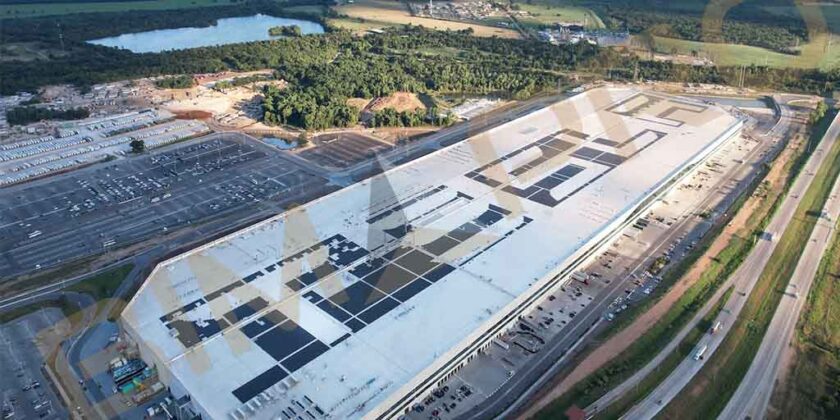MEP BIM Services for Tesla Giga Factory



MEP BIM Services for Tesla Giga Factory in Austin, TX
As a BIM Services provider based in Texas, BIMPRO was assigned with the task of delivering MEP BIM Services for industrial manufacturing project including MEP (Mechanical, Electrical, and Plumbing) modeling, clash coordination, and shop drawings detailing, spool drawings services to support this ambitious project.
- Building Type: Industrial
- Project Name: Tesla Giga factory
- Project Location: Austin, TX
- Area: Approx. 425,500 sqft
- Software: Revit, AutoCAD, Navisworks
Our Role in this Project:
- MEP Modeling: Develop a comprehensive 3D MEP model that accurately represents the mechanical, electrical, and plumbing systems of the facility.
- Clash Coordination: Identify and rectify clashes among various MEP components to ensure smooth operations and minimal errors during construction.
- Shop Drawings: Create detailed shop drawings LOD 400 that provide precise manufacturing instructions for MEP components, ensuring consistency and quality in the products manufactured.
- Spool Drawings Detailing: Generate spool drawings that outline the exact measurements and specifications for pipes, ducts and more, facilitating their efficient installation in the field.
Benefits for MEP Contractor – Why they Choose us?
- Delivered Most quality and Coordinated BIM Model
- Finished the BIM modeling and coordination before the construction schedules.
- Our accuracy, professionalism, and ability to deliver on time
- Effective communication and collaboration with design and construction teams throughout the project.
- Our proactive participation and approach in success of the project.

Explore More BIM Projects
The current query has no posts. Please make sure you have published items matching your query.

















































